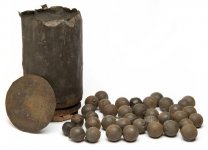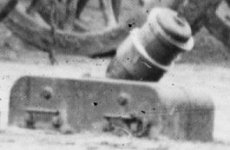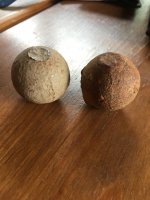Royn2751
Full Member
- Jan 14, 2017
- 139
- 654
- Detector(s) used
- Equinox 800, AT Pro
- Primary Interest:
- All Treasure Hunting
I'm hoping for some help. Possibly Cannonball Guy can nail this down for me.
This is the third of these items I've dug in the same area over the past 3 years. This site is an open area presently used as athletic fields. It's been open as far back as the maps go. It has produced a KGII half penny, seated 1/2 Dime and numerous flat buttons. I've been told of Reales being found here in the past.
When I found the first one, I attempted to research it and surmised it was Civil War era canister shot.
The fly in the ointment is that the field is in NW NJ.
This weighs 4.95 ounces. It was definitely cast or molded, sprue and seams are evident. It measures 33mm or just shy of 1 5/16".
If anyone can help, I'd appreciate it.
Happy Digging.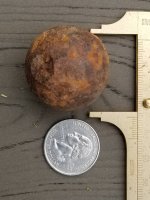
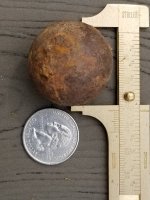
This is the third of these items I've dug in the same area over the past 3 years. This site is an open area presently used as athletic fields. It's been open as far back as the maps go. It has produced a KGII half penny, seated 1/2 Dime and numerous flat buttons. I've been told of Reales being found here in the past.
When I found the first one, I attempted to research it and surmised it was Civil War era canister shot.
The fly in the ointment is that the field is in NW NJ.
This weighs 4.95 ounces. It was definitely cast or molded, sprue and seams are evident. It measures 33mm or just shy of 1 5/16".
If anyone can help, I'd appreciate it.
Happy Digging.





